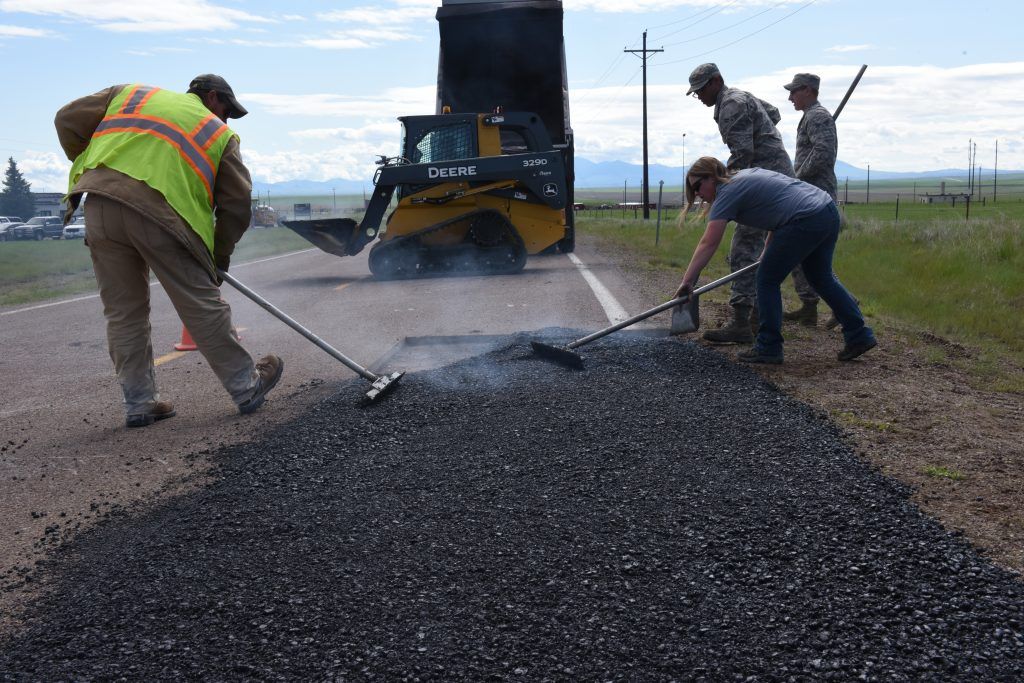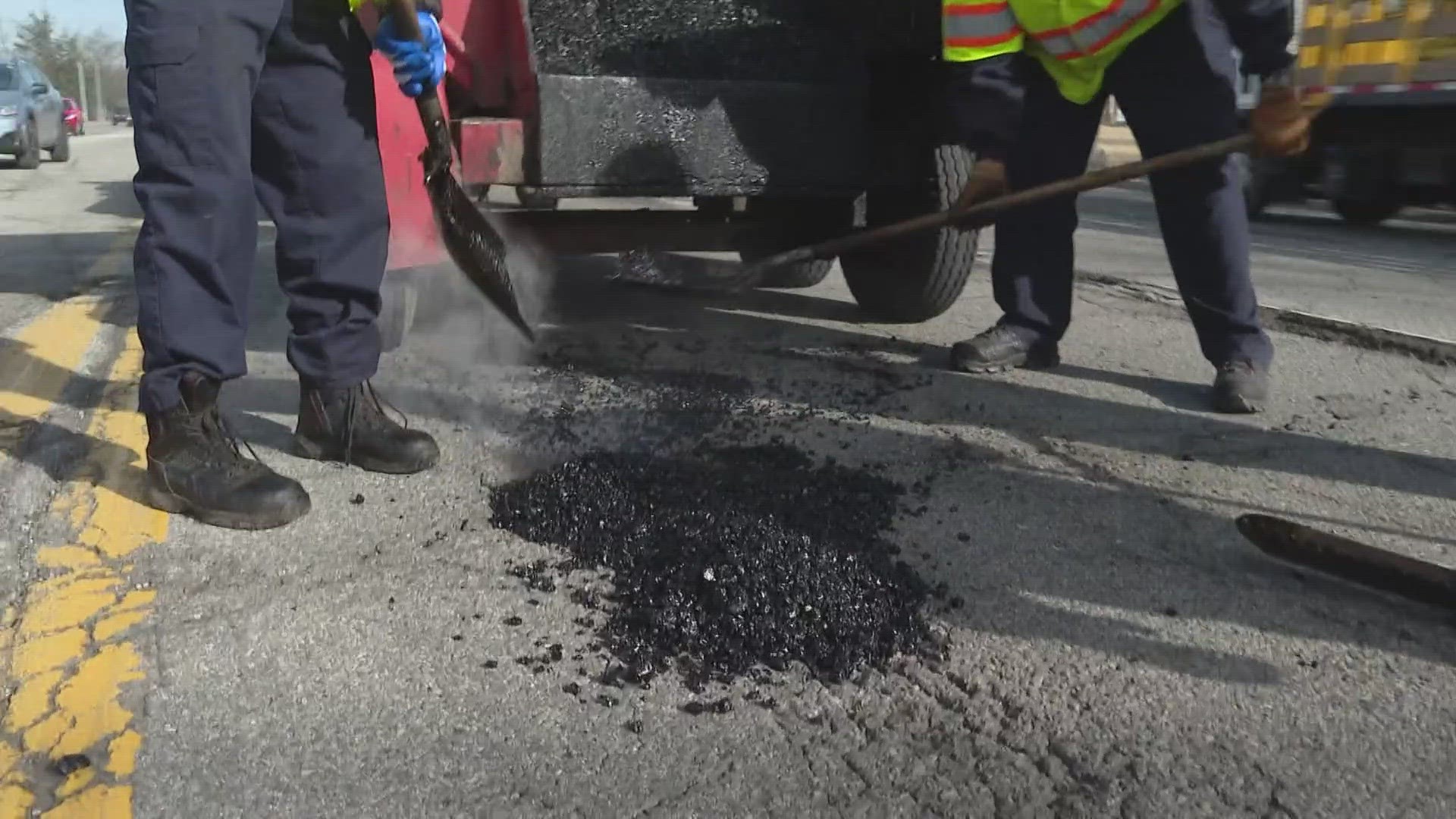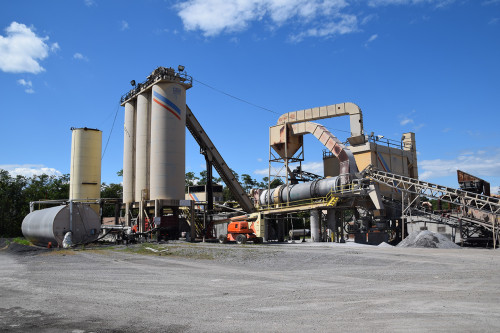Opening the Secrets of Hot Mix Asphalt Technology
Discovering the depths of warm mix asphalt innovation uncovers a globe where exact formulas and meticulous procedures assemble to shape our roadways and infrastructure. The blend of accumulations, fillers, and binders isn't just a construction job but a critical orchestration of toughness and efficiency.
Relevance of Hot Mix Asphalt
Warm Mix Asphalt plays a critical function in modern-day facilities growth because of its durability and cost-effectiveness. As one of the most commonly utilized paving product for roadways, highways, and parking area, Warm Mix Asphalt uses a series of advantages that contribute to its importance in building and construction projects. One crucial advantage is its capacity to endure rush hour lots and harsh climate condition, giving a lasting and trustworthy surface area for transport networks. In Addition, Warm Mix Asphalt is cost-effective in both preliminary building and lasting upkeep, making it a recommended choice for many facilities jobs.
The durability of Warm Mix Asphalt stems from its composition, which consists of aggregates, binder, and filler products that are very carefully picked and mixed to fulfill particular efficiency demands. Overall, the value of Hot Mix Asphalt in framework advancement can not be underrated, as it continues to be a keystone of contemporary building and construction methods.
Elements of Asphalt Mixes
The structure of asphalt blends includes meticulously selected accumulations, binder, and filler materials that are critical for accomplishing details performance needs. Aggregates are the main part of asphalt mixes, supplying strength and stability. These accumulations can be natural, such as gravel or smashed stone, or synthetic, like recycled products from old pavements. The binder, normally bitumen or asphalt cement, holds the aggregates with each other and provides versatility and longevity to the mix. The selection of the binder is vital as it straight influences the mix's performance in different climate problems. Fillers, such as hydrated lime or Portland cement, are made use of to improve the mix's workability and aging resistance. Angled Parking.
The combination and proportion of these components play a significant role in identifying the quality and performance of the asphalt mix. Engineers carefully develop the mix to meet particular requirements, considering factors like traffic quantity, environment problems, and pavement lifespan. Proper selection and harmonizing of accumulations, binder, and fillers are necessary for producing resilient, lasting asphalt pavements.
Combining and Manufacturing Methods

When the accumulations are chosen, the binder, commonly asphalt concrete, is contributed to bind the materials together. The binder's quality and quantity considerably impact the mix's flexibility, toughness, and resistance to environmental factors. Additionally, fillers like moisturized lime or Rose city cement may be included to boost certain attributes of the asphalt mix, such as its workability or moisture resistance.
During manufacturing, the accumulations and binder are heated, generally in between 250-325 ° F(121-163 ° C ), to promote mixing and ensure correct finish of the aggregates. The mixing procedure needs to be extensive to achieve an uniform mix that promotes the wanted performance features of the asphalt. Different techniques, such as set mixing or drum blending, are utilized to attain constant and premium asphalt mixes for building and construction jobs.
Factors Impacting Asphalt Performance
Aspects affecting asphalt performance include a variety of variables that influence the resilience, durability, and total top quality of asphalt pavements. why not try this out One essential aspect is the top quality of materials used in the asphalt mix.

Design considerations, such as pavement thickness and drain, are crucial in ensuring the long-lasting efficiency of the asphalt sidewalk. By thoroughly taking into consideration these designers, factors and specialists can optimize asphalt efficiency and boost the solution life of pavements.
Sustainable Practices in Asphalt Modern Technology

WMA allows for the manufacturing and placement of asphalt blends at lower temperature levels compared to traditional hot-mix asphalt, resulting in lowered energy consumption and greenhouse gas discharges. The usage of porous asphalt blends can help minimize stormwater overflow problems by allowing water to infiltrate with the pavement and right into the ground, promoting all-natural water filtration and charge procedures.
Conclusion
Finally, hot mix asphalt modern technology plays an important function in modern-day infrastructure development due to its longevity and cost-effectiveness. By thoroughly balancing elements, utilizing correct mixing techniques, and considering various elements, engineers can create top quality asphalt mixes that withstand heavy traffic loads and rough weather. Welcoming lasting methods, such as utilizing warm-mix technologies and recycled products, additionally improves the environmental friendliness of asphalt innovation.
Mixing and manufacturing methods in hot mix asphalt technology entail the exact combination and handling of accumulations, binder, and fillers to produce a high-performance and sturdy asphalt mix.Aspects visit this website influencing asphalt efficiency include a range of variables that influence the toughness, durability, and overall top quality of asphalt pavements. Lasting methods in asphalt technology incorporate different campaigns intended at reducing the ecological impact of asphalt manufacturing and paving processes. By including recovered asphalt sidewalk (RAP) and recycled asphalt roof shingles (RAS) right into new asphalt blends, the market can significantly view publisher site minimize the consumption of raw products and power, while likewise lowering garbage dump waste.
WMA permits for the production and positioning of asphalt mixes at reduced temperatures compared to typical hot-mix asphalt, resulting in minimized power consumption and greenhouse gas exhausts.